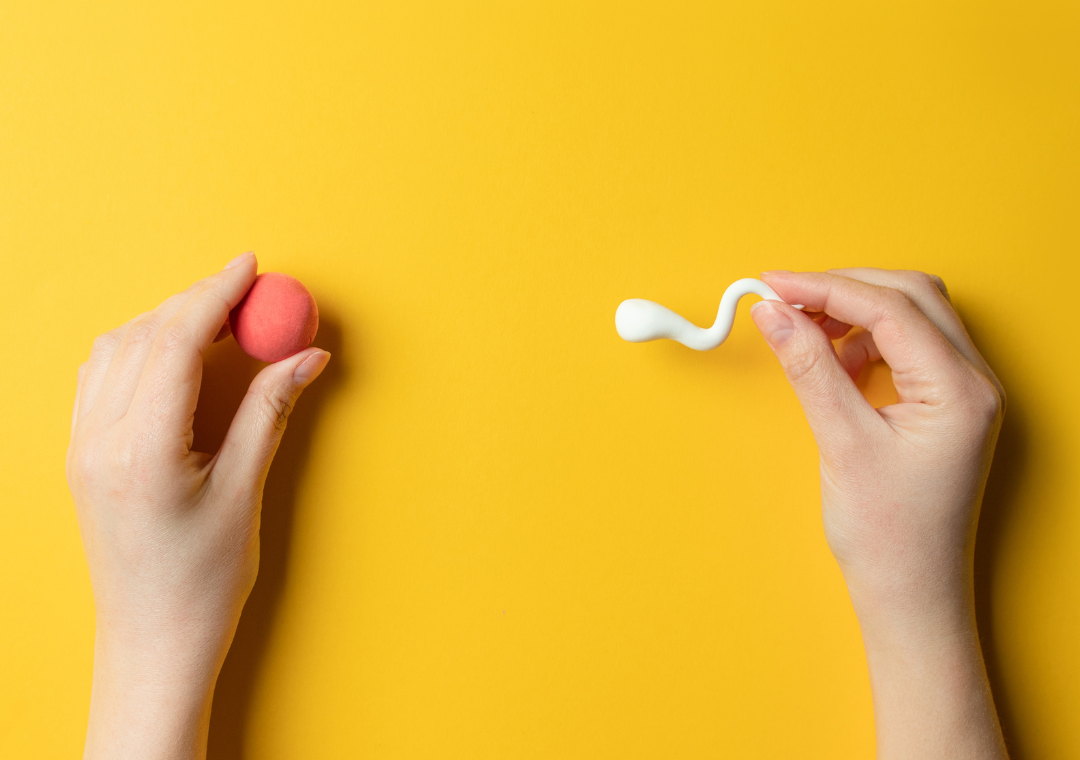
Preparing your body for IVF? Take your BINTO prenatal vitamin daily, containing at least 400 mcg of folic acid. During IVF your body will start to bloat from the hormones you are injecting, so we definitely recommend taking a probiotic, too. It will help with the bloating, your overall gut health, and your vaginal health (did we mention they help with mood and stress, too?).
In Vitro Fertilization (IVF): we hear so much about it, but very few people actually know the details of the process. Here at BINTO, we want you to feel as informed and comfortable with IVF as possible, so we’re going to walk you through the basics.
What is IVF?
We have progress to thank for the invention of assisted reproductive technology like IVF. Both an extracted egg sample and retrieved sperm sample are combined in a lab dish and the embryo is relocated to the uterus a few days later. If a woman or her partner is considered infertile, this is a possible solution for the couple (1).
IVF has around a 40% success rate for women under the age of 35 in the United States (1). On average, success rates decrease by 10% every two years after 35. Thus, it is important to start a process such as this earlier instead of later in life.
The Process (1):
Step 1: Doctors prescribe fertility medications to stimulate the production of eggs and take a blood test to determine hormone levels. They also use transvaginal ultrasound to inspect the ovaries.
Step 2: After providing medication to reduce discomfort, a doctor uses a hollow needle through the pelvic cavity and removes the eggs. Multiple eggs are acquired in case some of them do not fertilize.
Step 3: Doctors prepare sample of sperm produced by the man for the insemination process
Step 4: Insemination: the eggs and sperm are combined in a lab dish to promote fertilization. The eggs are observed as doctors discern whether or not fertilization and cell division has occurred.
- Intracytoplasmic sperm injection (ICSI) involves the injection of a single sperm into an egg. This occurs if it is believed fertilization on its own is unlikely.
Step 5: The fertilized egg, considered an embryo, are relocated via a small tube (called a catheter!) to the uterus around 3 to 5 days following the fertilization process. A successful IVF procedure means the embryo implantation has occurred 6 to 10 days following the retrieval.
Note: IVF increases the chance of having twins, or other multiples pregnancies
Resources:
1.http://americanpregnancy.org/infertility/in-vitro-fertilization/

